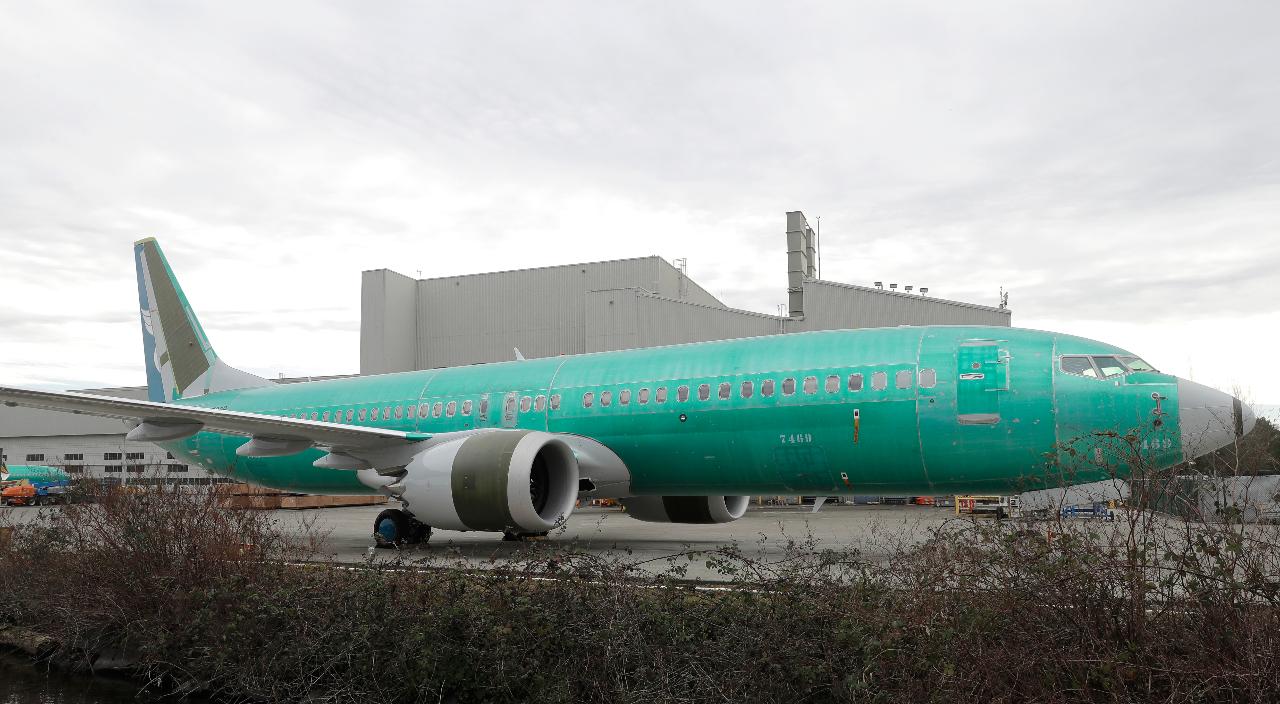In recent airline crash investigations, the goal must be safety, not scapegoating
As investigations continue into the tragic Lion Air and Ethiopian Airlines accidents, Congress must avoid a knee-jerk legislative response that could have unwarranted and detrimental impacts on the United States’ proven, safe aviation system.
This fact bears repeating: the U.S. aviation system is the world’s safest thanks to the collaborative efforts of industry, labor and the Federal Aviation Administration (FAA). In the last decade, there have been approximately 7 billion passengers on 90 million commercial airline flights in the United States, with only one fatality. One life lost is one too many, but this is a remarkable record.
Unfortunately, in the wake of the accidents, too many have focused solely on the FAA’s process for certifying aircraft while criticizing those who raise other potential factors that must be investigated if we are to address all risks to aviation safety.
Any potential actions Congress or regulators consider must be based on facts, not on a panicked desire to “do something” or find an easy scapegoat, such as a process that has worked so well for decades.
To truly improve safety, we must leave no stone unturned and examine every single potential factor that may have contributed to these accidents. Yes, as I have stated repeatedly, this includes the FAA’s certification process and Boeing’s actions. If the investigations conclude that something is broken in the FAA’s or Boeing’s processes, then clearly Congress must address the problem.
But investigations cannot be limited to only certain factors or directed by some media-driven narrative. As a professional pilot, I know that aviation accidents rarely have one contributing cause. Ignoring even one possible accident factor fails to see the forest for the trees and risks future accidents that could have been prevented by full and thorough investigations.
Since first studying the preliminary accident reports, I and many others with flying experience have raised additional concerns about pilot training, pilot experience, aircraft maintenance and airline operations.
All of these issues must also be investigated and reviewed because the safety of any aviation system will only be as strong as its weakest link. For example, if these pilots, hard as they tried to save their passengers, did not receive adequate training in the first place, then that is another factor that demands action. That is true no matter where they are flying or where they were trained.
Ultimately, all risks can never be eliminated from flying. A well-trained pilot will always be the best safety feature in any cockpit, no matter how much technology is incorporated into the aircraft, and can help prevent a sensor or software failure from becoming a tragedy.
Over the next few months, the FAA and Boeing will be working to safely return the 737 Max to service, a process that will be closely monitored by the world. The acting administrator of the FAA has stated, “The FAA will return the 737 MAX to service in the United States only when [it] determine[s], based on facts and technical data, that it is safe to do so.”
CLICK HERE TO GET THE FOX BUSINESS APP
This is both appropriate and how the FAA’s system is intended to work. The agency’s intensive process for certifying a software fix will include comments and recommendations from outside stakeholders, technical and operational reviews and assessments, simulator and flight testing, evaluations and reevaluations, and a parallel and independent review process. The FAA will issue multiple notices, directives, and orders, with which Boeing and U.S. airlines will need to demonstrate compliance. Each country will make its own decision to unground the aircraft, with the FAA providing information and assistance as requested.
The FAA’s ungrounding decision will also involve determining what pilot training will be required, both prior to the ungrounding and as recurrent training.
While this recertification process moves forward, we must recognize the fact that we don’t have many answers yet. The investigations and reviews are not yet complete. However, what we do know does not justify abandoning the FAA’s proven system that has made air travel the safest mode of transportation in history. The more information we gather – about pilot training, the certification process, aircraft design, airline maintenance and all other factors – the better we will be able to ensure continued safety in the United States and around the world.
We owe it to all those who tragically lost their lives in these accidents to get this right.
Graves, R-Mo., is the ranking member of the U.S. House Committee on Transportation and Infrastructure and holds an airline transport pilot license

